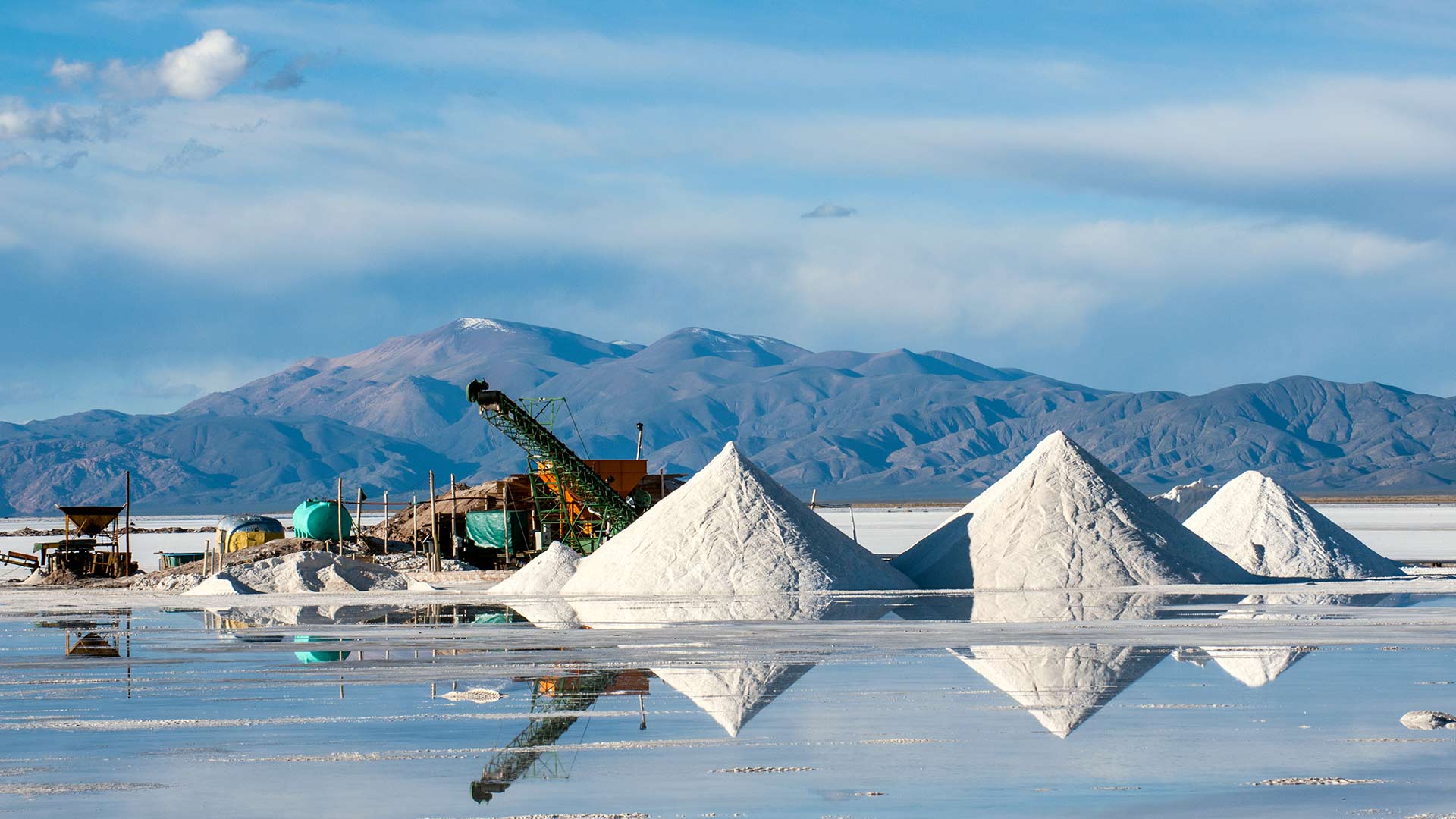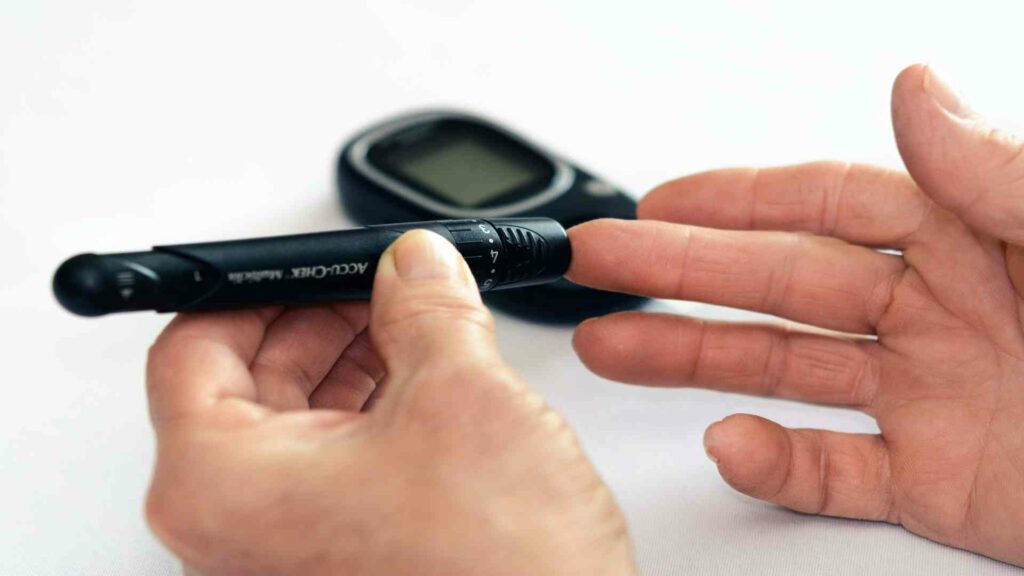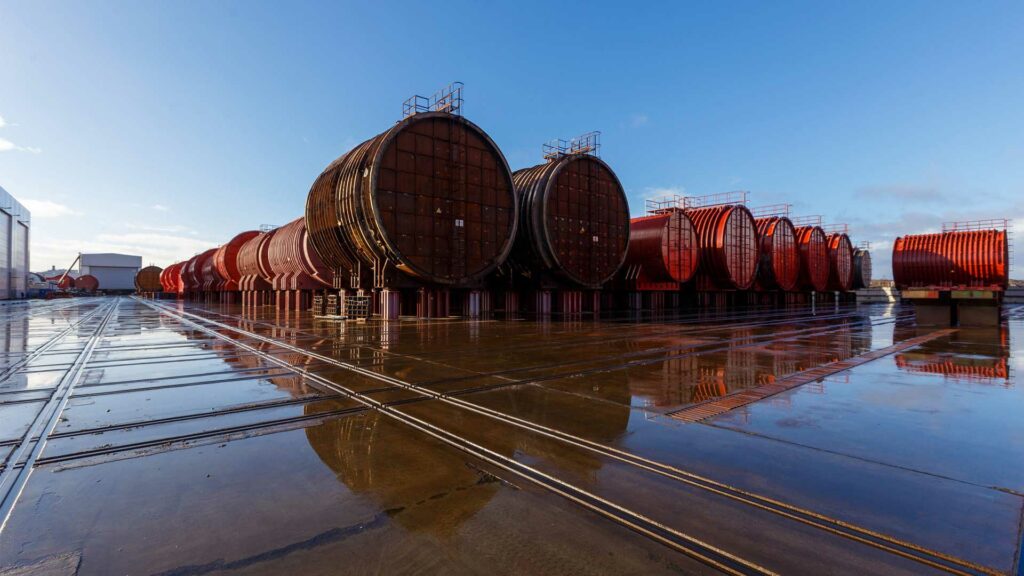Introduction to Boron and Lithium
Many investors are aware that boron and lithium are two essential elements for use in Advanced Energy. What is the difference between the two minerals? How are they extracted and mined? What applications are they used for? What is the current and future demand in the two markets?

Chemical Properties
Boron is an element that has many similarities to lithium but also some key differences. Both parts have similar melting points, boiling points, and lengths of atomic chains. They both react with water to form hydrogen gas, which makes them useful for hydrogen fuel cells.
The mixing of lithium and boron can produce lithium–boron compounds with boron ions in a high anionic charge state. Notably, these compounds have potential applications in batteries and capacitors due to their low toxicity and high melting point.
Boron
Boron is a nonmetal element found in nature bound to oxygen. It is a brittle, dark, lustrous metalloid in its crystalline form. It has two stable isotopes and forms ionic bonds with air-stable compounds such as boric acid and borax.
There are several forms, including borates, boric acid, and boron oxide. The most common form is amorphous boron, a dark powder.
Boron has an atomic number of 5, with 5 protons and 5 electrons in its nucleus. The nucleus contains six neutrons. It has a melting point of 2300.0 °C (2573.15 K, 4172.0 °F) and a boiling point of 2550.0 °C (2823.15 K).
Lithium
Lithium is a soft metal that is highly reactive (Boron is less reactive than lithium, making it more stable in its compounds). The atomic number of lithium is 3, composed of three protons, four neutrons, and three electrons.
Its atomic mass is 6.941 g/mol. The electronic shell structure of lithium is [2, 1] with an Atomic Term Symbol (Quantum Numbers) 2S1/2.
Lithium has one stable isotope and forms ionic bonds with other elements such as oxygen, nitrogen, and fluorine.
Where are these minerals found?
Boron is primarily found in borax, kernite, and tincalconite (hydrated sodium borates) and is mainly obtained from boron mines located in Turkey and the USA, Argentina, Chile, Russia, China, and Peru. In its natural state, boron’s low solubility compared to that of lithium means it forms salts relatively easily.
Lithium does not occur as a metal in nature but is found combined in small amounts in nearly all igneous rocks and the waters of many mineral springs. It is found in ores from igneous rocks and salts from mineral springs.
Mining Process
How are these two strategic minerals mined and extracted?
Boron Mining Process
Boron can be mined from minerals such as colemanite, ulexite, tincal, and kernite.
The borate ore is extracted through a combination of drilling, blasting, and shoveling. The ore is then taken to crushing machines and then transported to refinery centers, where it is processed into products such as borax pentahydrate, borax decahydrate, and boric acid.
A further process for extracting boron from brines of natural or industrial salt mines has been developed, including the steps of reacting borates contained in the brine with a hydrochloric acid solution.
This forms precipitates that are separated from the brine by filtration or centrifugation. The brine is then subjected to one or more extraction stages via solvents to extract any remaining boron content.
Lithium Mining Process
Lithium extraction is done from various sources, such as salt-flat brines, lithium-bearing ores, and clay or ore deposits. The most common extraction method is through evaporation and chemical recovery from salt-flat brines. This process can take anywhere from several months to a few years.
Lithium processing plants are water plants that refine a high-grade lithium output using water that can be returned and reused. The steps generally include drilling down through the crust and then pumping the brine up to the surface into evaporation pools, where it is left for an extended period of time. After this, the lithium is extracted from the brine and further processed to produce a high-grade product.
Applications for Boron and Lithium
Boron Applications
Boron is used in various traditional applications, including fertilizers, glass production, detergents, and pharmaceuticals, with exciting new uses found in decarbonization and advanced energy.
Boron is an essential micronutrient for plant growth and health, playing a role in cell walls and reproductive structures. It can be added to fertilizers, either by blending with dry granular fertilizers or mixing with liquid fertilizers but over-application of boron can lead to crop damage.
Boron is an important component in glass production. It significantly lowers the melting temperature required for glass production. Borates are used in manufacturing to provide strength, resilience, and resistance to thermal shock, chemicals, and scratches. Boron oxide is also used in insulation and textile glass production. Borosilicate glass is a type of glass with silica and boron trioxide as the main glass-forming constituents.
Boron is used in detergents to lower water-based solutions’ surface tension and produce household or industrial cleaners, laundry detergents, and hand soaps. It is also added to liquid laundry detergents up to 2% concentration to stabilize the protease and other enzymes in the formulation. Sodium perborate requires hot water (60oC) to undergo hydrolysis, unless an activator such as boron is present.
Boron-containing compounds are used in medicinal chemistry to improve the pharmacokinetic properties of anti-estrogens based on their glycan-binding capability. Boron is also used as a protecting group that is released from the active drug and as the active drug component. It has been approved for human use in clinical trials, such as paraboronophenylalanine for boron neutron capture therapy (BNCT).
Boron and Boric Acid are also found in many pharmaceutical applications, including eye drops, bone development, osteoarthritis treatment, and more.
Boron also plays a vital role in decarbonization by reducing greenhouse gas emissions and providing multiple benefits that support carbon footprint reduction. It can also help replace more carbon-intensive materials and processes in industries, such as through the adsorption of large amounts of carbon.
Boron is also being used in the energy transition to mitigate climate change, using renewable energy, electrical energy efficiency, and electric mobility.
Boron is being used as an advanced energy material due to its unique properties. It is a good conductor of electricity, extremely strong and lightweight, and can provide portable energy sources, serve as catalysts in chemical reactions, and potentially be used as electrode materials in lithium-ion batteries. Boron-based Furan polymers are a new class of renewable energy materials based on boron that is highly biodegradable.
Additionally, boron compounds have been studied for their potential applications in small molecule activation, hydrogen storage, electrolytes, OLEDs, and metal-ion batteries.
Boron is being researched in a number of fuel cell ideas that use boron alloys as catalysts. Hydrogen-boron fusion energy is a promising energy source for transportation and vehicles, and sodium borohydride solution and potassium borohydride can be used to power small fuel cells.
Direct borohydride fuel cells (DBFCs) are a subcategory of alkaline fuel cells which are directly fed by sodium borohydride or potassium borohydride. Boron has a very high energy density, much better than that petroleum, making it an attractive alternative motor fuel.
Lithium Applications
Lithium has a wide range of traditional applications in industry, including heat-resistant glass and ceramics, lithium grease lubricants, and flux additives for iron, steel, and aluminum production. Lithium is used in battery storage in advanced technologies, where exciting development makes it a highly sought-after mineral.
Lithium is used in glass and ceramics to increase the glass melt rate, lower viscosity, and melt temperature, reduce corrosion rates, ensure glass erodes slowly, improve physical properties, and provide enamel and glaze coverings.
Lithium grease is a popular medium-to-heavy-duty multi-purpose grease used to provide long-lasting protection against oxidation, corrosion, extreme temperatures, and wear and tear. It is also characterized by its excellent lubrication, good water resistance, and ability to withstand high pressure and shock loads.
Lithium is an additive to continuous casting mold flux slags where it increases fluidity. It is also used in fluxes with integrated additives, such as lithium borates, and additives with guaranteed purity. Additionally, lithium is used in electrolytes to homogenize Li+ distribution and Li deposition for high-energy lithium metal batteries.
Lithium-ion batteries are rechargeable batteries that use the reversible reduction of lithium ions to store energy. They are commonly found in portable electronic devices such as smartphones and laptops due to their advantages over other Ni-Cd batteries. The most common combination used in Li-ion batteries is that of lithium cobalt oxide (cathode) and graphite (anode).
There are six main types of lithium batteries: Lithium Nickel Manganese Cobalt Oxide (NMC), Lithium Nickel Cobalt Aluminum Oxide (NCA), Lithium Manganese Oxide (LMO), Lithium Iron Phosphate (LFP), Lithium Cobalt Oxide (LCO) and Lithium Titanate Oxide (LTO).
Next-generation lithium applications are expected to include advanced lithium-ion batteries, lithium-sulfur batteries, and solid-state batteries.
These technologies offer a range of improvements over conventional lithium-ion batteries, such as higher energy density, longer life, and the ability to eliminate battery fire concerns.
Advanced lithium-ion batteries are expected to be deployed before the first generation of solid-state batteries and will be ideal for use in applications such as Energy Storage Systems. Lithium-sulfur batteries have been praised for their high energy density and long life, while solid-state batteries could represent the next major innovation in battery technology.
For electric vehicle applications, current conventional Li-ion technology is likely to remain the standard for some time due to its high operating voltages and energy efficiency. However, new battery technology breakthroughs are happening rapidly, and advanced new batteries are already on the market.
Other next-generation materials being explored include enabling anion redox chemistries such as Li-air, Li-sulphur, and beyond.
Research is also being conducted on novel LIB electrode materials, electrolyte oxidation pathways in lithium-ion batteries, advanced cathode materials for lithium-ion batteries, and ester-based electrolytes for fast charging of energy-dense lithium-ion batteries.
Market Size
Finally, let’s look at the relative size of the Boron and Lithium markets.
Boron Market Size
The global boron market size was valued at USD 1.98 billion in 2021 and is projected to reach USD 2.78 billion by 2029, growing at a CAGR of 4.3% during the forecast period.
The boron fertilizer market size was USD 2.97 billion in 2022 and is projected to attain around USD 6.3 billion by 2032, growing at a CAGR of 7.81% during the forecast period 2023 to 2032.
The United States holds nearly one-fifth of the world’s boron resources and is a net exporter. Major producers include Eti Maden (Turkey), Rio Tinto (Australia), U.S. Borax (United States), Searles Valley Minerals (United States), Minera Santa Rita (Mexico), Borax Argentina (Argentina), Quiborax (Chile) and 5e Advanced Materials, formerly American Pacific Borates. (United States).
Lithium Market Size
According to Grandview Research, the global lithium market size was valued at USD 6.83 billion in 2021 and is expected to expand at a compound annual growth rate (CAGR) of 12.0% from 2022 to 2030.
Expert Market Research reports that the global lithium compound market size reached a volume of 299,640 tons in 2020 and is expected to grow at a CAGR of 7.5% between 2021 and 2023.
Globe Newswire states that the lithium market size is projected to be worth USD 6.62 billion by 2028, growing at a CAGR of 8.1%. Finally, Verified Market Research estimates that the lithium market size was valued at $2.7 billion in 2021 and is projected to reach $7.7 billion by 2030, growing at a CAGR of 11.94% from 2023 to 2030.





